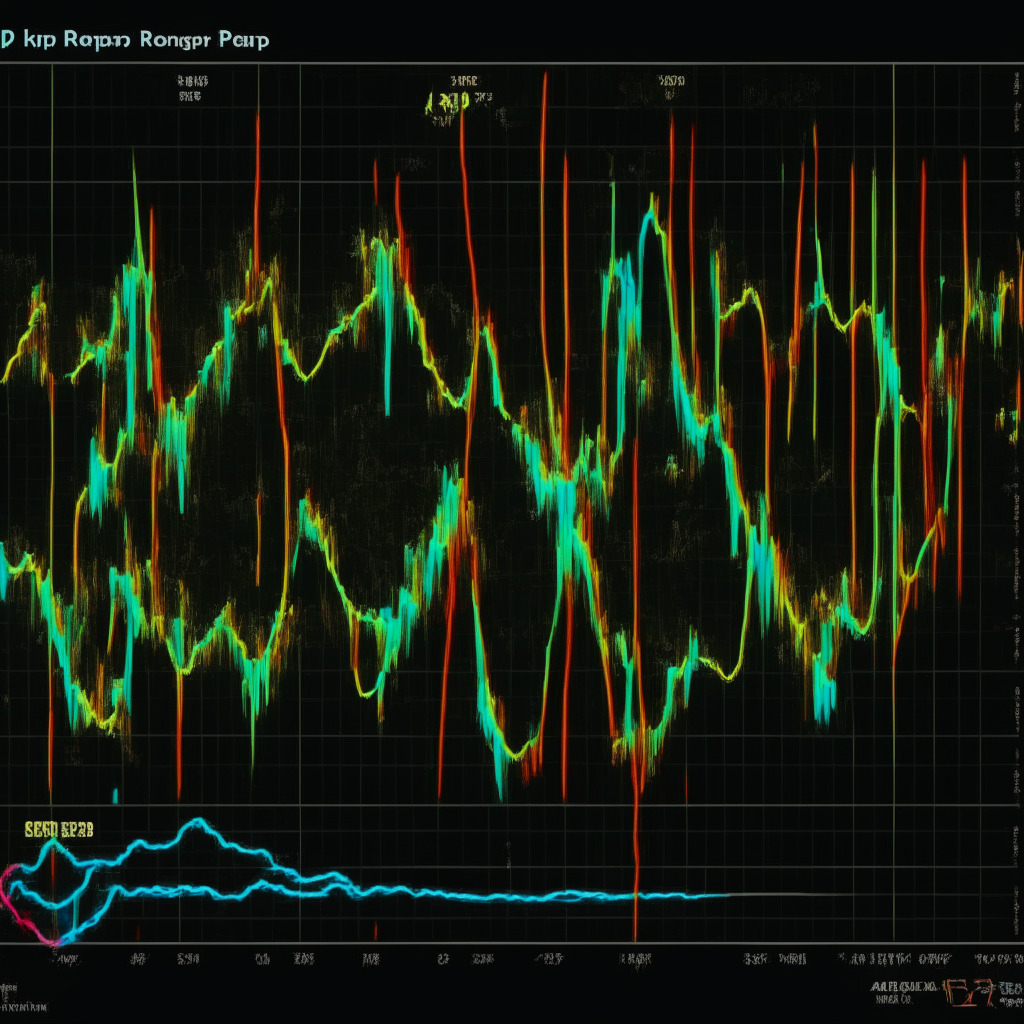Ripple’s native cryptocurrency, XRP, appears to be making a bold move by breaking away from the current market sentiment observed with other major digital assets. In the past 30 days, the XRP price has jumped by 9%, while Bitcoin (BTC) recorded a 5% drop. This shift raises questions on whether XRP will continue to exhibit unique behavior in the foreseeable future, especially with Ripple’s monthly Escrow release just around the corner.
The upward trend in XRP is likely attributable to Ripple Labs’ notable victories as defendants in the lawsuit filed by the U.S. Securities and Exchange Commission (SEC). These positive updates have contributed to XRP’s price surge of nearly 50% on a year-to-date (YTD) basis. Despite this impressive performance, Ripple’s native cryptocurrency might be in for a tumultuous ride.
One potential challenge for the token is the increased selling pressure it may face due to Ripple’s addition of 1 billion more XRP (approximately worth $515 million) into circulation following the unlocking of its escrow. While this is a standard monthly procedure executed by the blockchain firm, an influx in circulation supply could lead to heightened selling pressure. The circulating supply now stands at 51.98 billion.
However, not all market experts view this as a significant issue. Some argue that the consistent release of XRP into the market from Escrow is a positive indicator for the blockchain protocol’s growth and adoption, while others maintain that the added tokens could dilute the value for current holders.
Ultimately, the market’s reaction to these additional tokens will be an important factor in determining the future trajectory of XRP. As digital currencies continue to gain traction, investors are urged to stay informed and conduct thorough research before making any investment decisions.
It is crucial to bear in mind that the content presented in this article includes the personal opinion of the author and relies on existing market conditions. Readers should perform their market research before investing in cryptocurrencies. Neither the author nor the publication accepts any responsibility for personal financial losses incurred as a result of following the information in this article.
Source: Coingape




